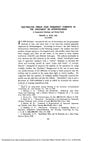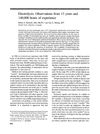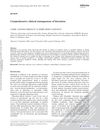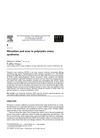Electrolysis and Thermolysis for Permanent Hair Removal
March 1985
in “
Journal of The American Academy of Dermatology
”
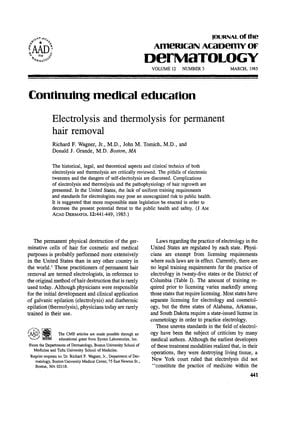
TLDR The document concludes that electrolysis and thermolysis can permanently remove hair but calls for better regulation to ensure safety, and notes a possibility of hair regrowth and rare complications.
The 1985 document reviews electrolysis and thermolysis for permanent hair removal, highlighting the lack of standardized training and legal requirements for practitioners in the United States, which could pose public health risks. It calls for more responsible state legislation to ensure safety. The document details the techniques of thermolysis, including the popular uniterminal method and the flash method, which is favored for its speed and reduced pain. It also describes the blend technique, which combines thermal and chemical destruction of the hair follicle but is slower. The evolution of needles from steel to stainless steel and the development of insulated needles are noted. The document reports a 15% to 50% hair regrowth rate after treatment and acknowledges that hair can regenerate from the outer root sheath. Complications are rare but can include pain, scarring, and infection. The ineffectiveness of electronic tweezers is mentioned, and the potential for antiandrogen creams to reduce hair regrowth when used with these methods is referenced.
